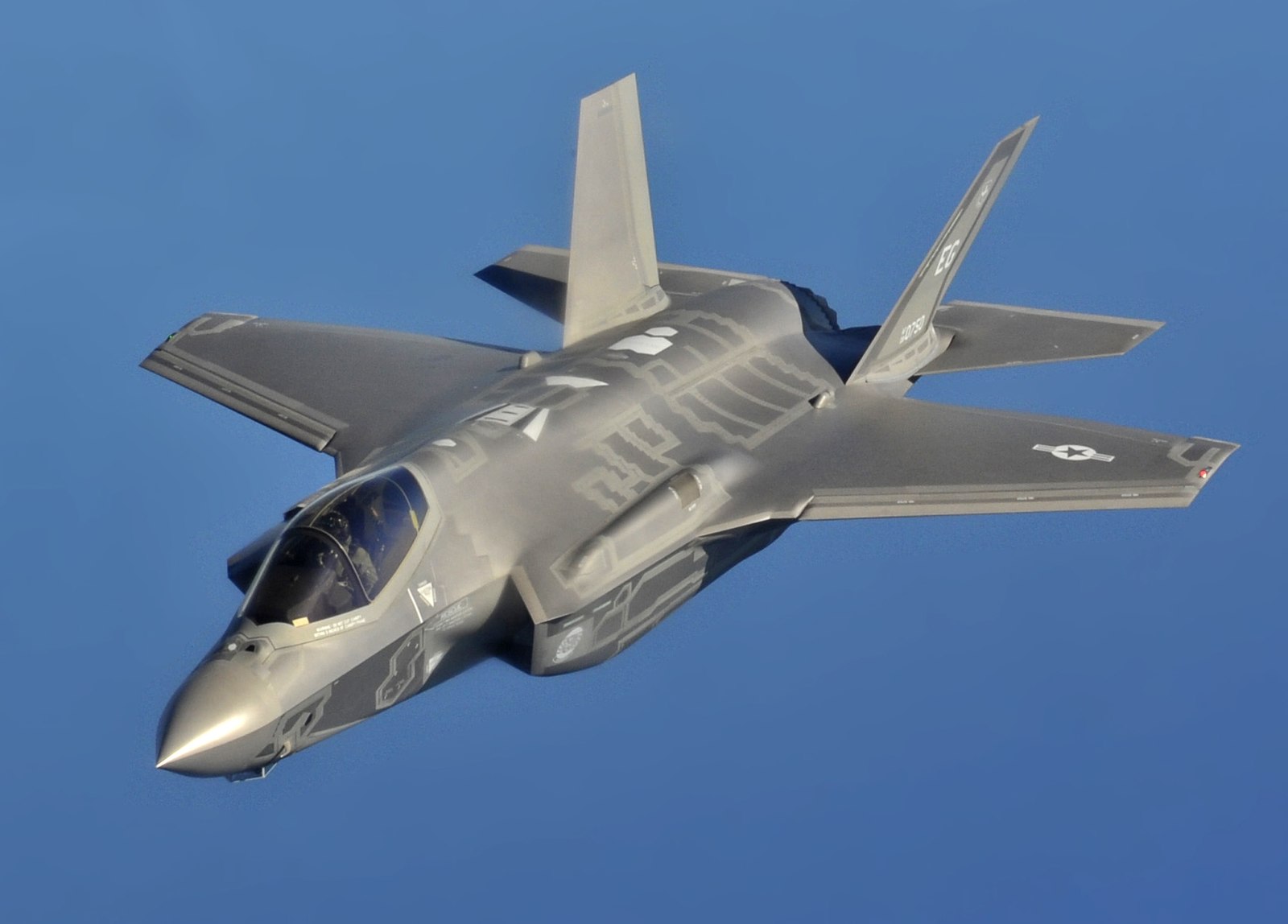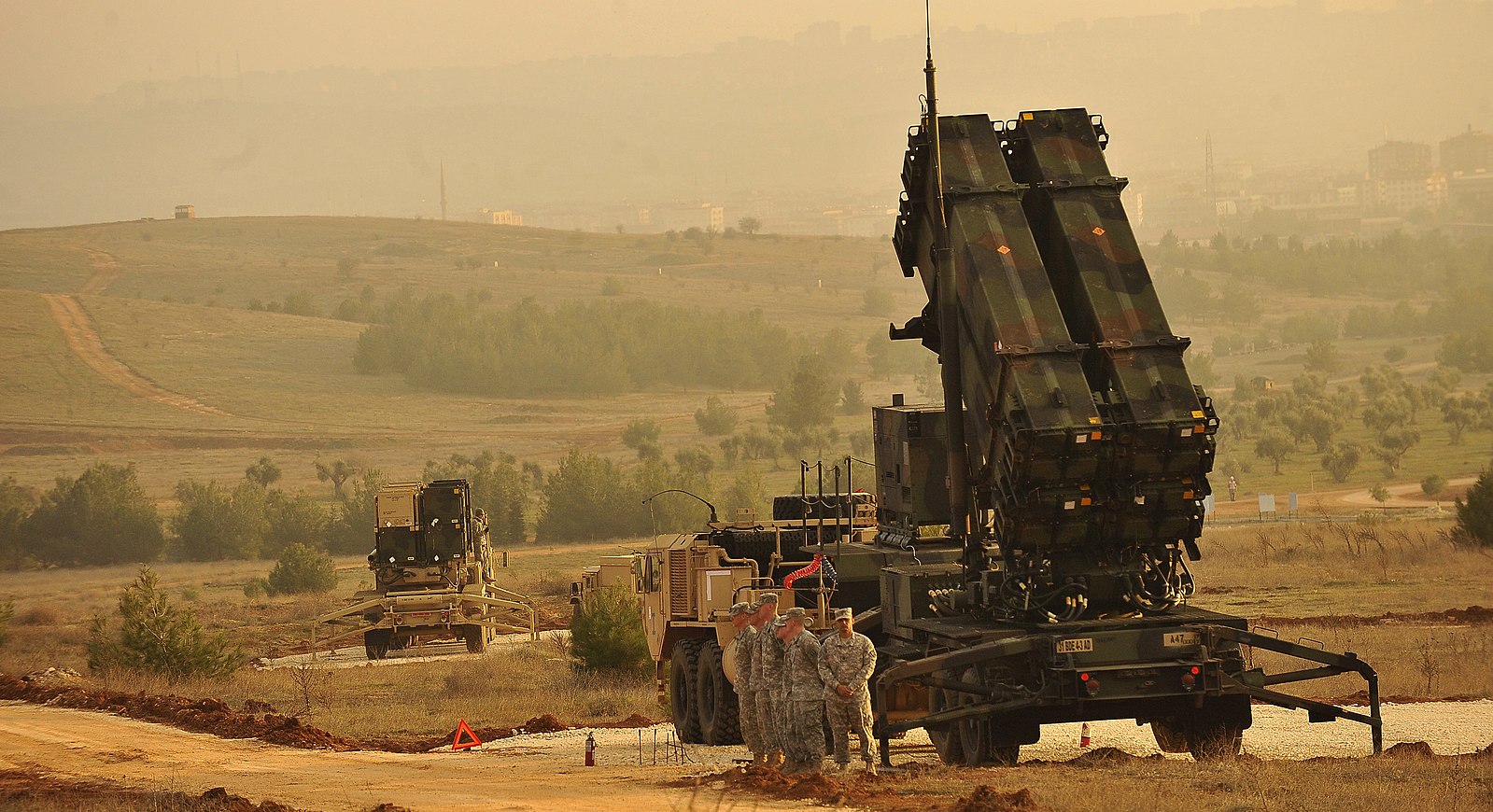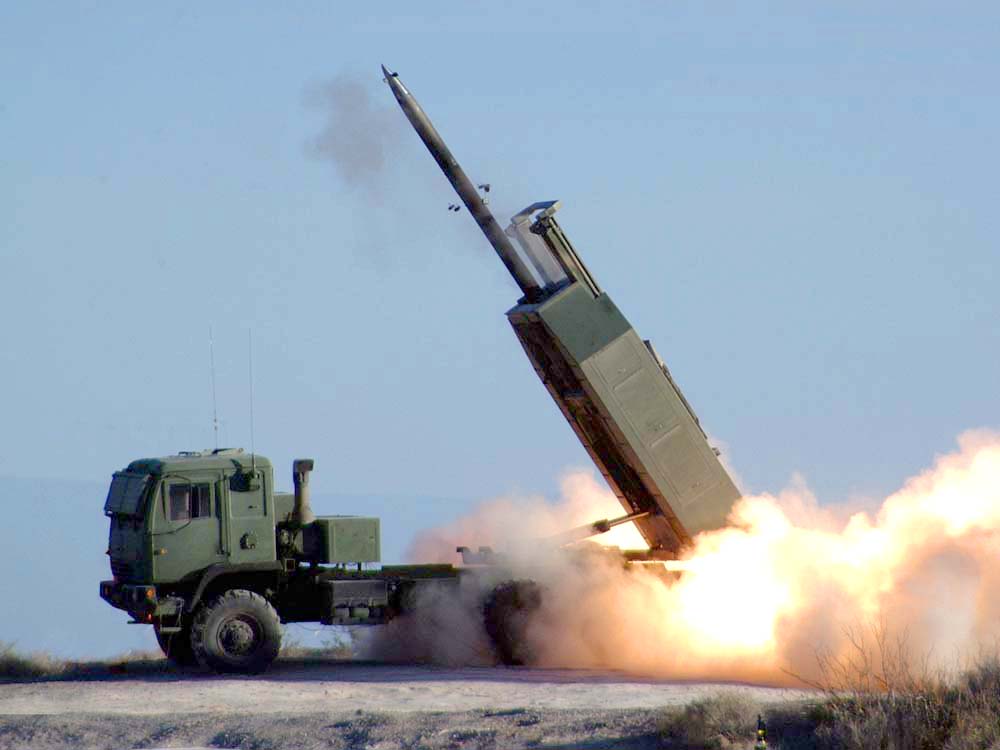If there was any remaining doubt, the US is clearly no longer a reliable ally. When European and NATO priorities are not aligned with the US, as is now the case in Ukraine, the US is at best disinterested, and at worst an adversary.
It now appears European and NATO members are scrambling to “de-risk” their military from US entanglement. The alarm has been rung before, but not many seem to have taken the possibility seriously until now. See for example The Conversation from November 15, 2024: The return of Trump means Britain must rethink its defence strategy – and role in the world.
Although Trump just blew things up, this is not a new issue. Even under Biden, the fingerprints of uncomfortable US coercion have been clearly on the scales. Take the apologist stance and luke-warm responses from close US allies to Gaza, the constant need to lobby Washington to allow arms to be used in Ukraine, and how everything needs to come with a “China Chaser” (i.e. no matter the topic, it always seems necessary for western leaders to add a spin on what it means for containing China, apparently to ingratiate oneself to the US).
But what is the actual extent of NATO dependency on the US? I tried to do some research. This is what I’ve found.
NATO Funding: a US Protection Racket?
Up to 60% of NATO equipment spending goes to U.S. firms. No wonder Trump wants members to spend more!
Estimated Proportions:
- Smaller members (Baltics, Eastern Europe): 30–60% of equipment spending goes to U.S. firms.
- Larger members (Germany, France): 10–20% due to domestic industries.
Data Sources: U.S. Foreign Military Sales (FMS) reports and SIPRI Arms Transfers Database. These are only estimates. Determining the exact allocation of NATO member countries’ defense budgets to U.S. and non-U.S. beneficiaries is challenging due to the lack of publicly available, detailed procurement data.
Detailed Breakdown and Assessment of NATO Spending (2003–2023)
Overview of NATO Defense Spending Guidelines
NATO members agreed in 2006 (reaffirmed in 2014) to spend 2% of GDP on defense, with 20% of that allocated to major equipment (including R&D). Numbers are now starting to change rapidly, for example UK recently announcing a rise to 2.5% of GDP by 2027.
Total NATO defense spending has risen significantly since 2014, driven by Russia’s annexation of Crimea and the 2022 invasion of Ukraine. In 2023, NATO’s total defense expenditure exceeded $1.3 trillion, with the U.S. accounting for ~70% of this.
Total NATO Defense Spending (2003–2023)
- 2003: ~$600 billion
- 2014: ~$850 billion (post-Crimea inflection point)
- 2023: ~$1.3 trillion
- Cumulative (20-year total): ~$18–20 trillion (adjusted for inflation).
Trend: Spending declined post-Cold War until 2014, then surged. The U.S. consistently accounts for 65–75% of total NATO spending.
Country-by-Country Breakdown (Key Members)
| Country | Avg. % GDP (2003–2023) | 2023 Spending | Total (20-Yr) | Spending to US-Based | Sources Spending Elsewhere |
|---|---|---|---|---|---|
| United States | 3.5–4.5% | $886B (2023) | ~$15T | n/a | n/a |
| Germany | 1.2–1.5% (to 1.6% in 2023) | $76B | ~$1T | 10–15% (F-35s, P-8 Poseidon) | 85–90% (EU defense contractors) |
| France | 1.8–2.0% | $53B | ~$800B | 5–10% (e.g., Reaper drones) | 90–95% (domestic: Dassault, Naval Group) |
| UK | 2.0–2.5% | $68B | ~$1.1T | 15–20% (F-35s, CH-47 Chinooks) | 80–85% (BAE Systems, Rolls-Royce) |
| Poland | 1.8% (to 4.0% in 2023) | $29B | ~$150B | 30–40% (HIMARS, Abrams tanks) | 60–70% (local modernization) |
| Canada | 1.0–1.3% | $26B | ~$300B | 20–25% (F-18 upgrades) | 75–80% (domestic/other allies) |
| Baltic States | 1.5–2.5% (to 2.5–3.0% post-2022) | $3–4B each | ~$40B total | 50–60% (Javelins, Strykers) | 40–50% (Nordic/EU suppliers) |
Spending on US-Based Sources
Key Purchases:
- F-35 Jets: 14 European NATO members have ordered F-35s (e.g., Germany: $8B for 35 jets).
- Patriot Missiles: Widely purchased (e.g., Poland: $4.8B for 2023).
- HIMARS: Estonia, Lithuania, and Poland have multi-billion-dollar contracts.
Estimated Proportions:
- Smaller members (Baltics, Eastern Europe): 30–60% of equipment spending goes to U.S. firms.
- Larger members (Germany, France): 10–20% due to domestic industries.
Data Sources: U.S. Foreign Military Sales (FMS) reports and SIPRI Arms Transfers Database.
Challenges in Tracking Spending Destinations
- Procurement vs. Operational Costs: Only ~20–30% of defense budgets go to equipment (where cross-border spending occurs).
- Lack of Transparency: Few countries publish vendor-specific data (e.g., France’s Leclerc tanks are domestic).
- US Dominance: U.S. firms (Lockheed Martin, Raytheon) supply ~40% of global arms, influencing NATO spending flows
The Technical and Operational Lock-in
Let’s look at some of the key weapons systems purchased from the US, and the extent to which end-users have operational and strategic control of those systems.
F-35 Lightning II: Limited Autonomy
Technical Dependencies:
- Software Control: The F-35’s mission systems, including its Autonomic Logistics Information System (ALIS) and its successor Operational Data Integrated Network (ODIN), are entirely U.S.-controlled. Maintenance, diagnostics, and software updates require U.S. approval.
- Countries cannot modify the aircraft’s software (e.g., integrating non-U.S. weapons) without U.S. consent.
- Example: The U.S. blocked Turkey from receiving F-35s after it purchased Russian S-400 systems, citing incompatibility and security risks.
- Stealth Technology: Critical coatings and radar-absorbent materials are classified and maintained by U.S. contractors. Repairs often require U.S. technicians.
Logistical Dependencies:
- Supply Chain: Spare parts, engines (Pratt & Whitney F135), and sensors (e.g., Northrop Grumman AN/APG-81 radar) are sourced exclusively from U.S. suppliers.
- Countries must rely on the Global Sustainment Network managed by Lockheed Martin and the Pentagon.
- Depot Maintenance: Heavy maintenance (e.g., engine overhauls) occurs in the U.S., Italy, or Japan—all under U.S. oversight.
Strategic Implications:
- Interoperability: F-35s are designed to share data seamlessly with NATO/U.S. networks, but this requires alignment with U.S. operational protocols.
- Data Sovereignty: Sensor data (e.g., targeting info) is filtered through U.S.-controlled systems, raising concerns about third-party access (e.g., Israel negotiated custom data safeguards).
Patriot Missile Systems: Conditional Readiness
Technical Dependencies:
- Fire Control Software: Patriot systems rely on U.S.-updated software for threat libraries (e.g., identifying Russian/Iranian missiles). Client states cannot independently reprogram these databases.
- Example: Saudi Arabia’s Patriots failed to intercept Houthi missiles in 2019, partly due to software limitations in distinguishing threats.
- Radar and Interceptors: The PAC-3 MSE interceptor and AN/MPQ-65 radar are proprietary. Upgrades (e.g., PAC-4) require U.S. approval.
Logistical Dependencies:
- Missile Resupply: Patriot interceptors are produced in the U.S. (Raytheon/Lockheed), creating bottlenecks during prolonged conflicts (e.g., Ukraine’s requests for more Patriots in 2023).
- Maintenance Contracts: Most maintenance is handled by U.S. contractors or through Foreign Military Sales (FMS) programs.
Operational Independence:
- Tactical Control: Operators can engage targets autonomously, but system effectiveness depends on U.S. tech support during crises.
- Political Leverage: The U.S. can delay parts/upgrades to influence allies’ actions (e.g., pressure on Gulf states to limit use against Iran).
HIMARS: Flexibility with Strings Attached
Technical Dependencies:
- Fire Control Systems: HIMARS’s GPS-guided rockets (e.g., GMLRS, ATACMS) rely on U.S. satellite networks. The U.S. could theoretically disable GPS precision for specific users.
- Example: Ukraine’s HIMARS were reportedly geofenced by the U.S. to prevent strikes deep inside Russia (until restrictions eased in 2023).
- Munitions: Client states cannot produce GMLRS rockets domestically. Resupply requires U.S. approval.
Logistical Dependencies:
- Rocket Supply: The U.S. controls production rates and prioritizes buyers. Poland’s 2022 $10B HIMARS deal includes a clause for U.S. priority during global shortages.
- Training: U.S. Army or contractor-led training is mandatory for certification.
Operational Independence:
- Tactical Freedom: Operators can deploy HIMARS without real-time U.S. oversight, but reliance on U.S. munitions and GPS limits unilateral campaigns.
- Export Controls: The U.S. restricts munitions sales under ITAR (International Traffic in Arms Regulations). Taiwan’s HIMARS, for instance, are programmed to defend the island, not support offensive ops.
Overarching U.S. Leverage Mechanisms
- ITAR Regulations: The U.S. legally mandates end-use monitoring, restricting modifications, resale, or deployment contrary to U.S. interests.
- Foreign Military Sales (FMS): Purchases via FMS (85% of NATO’s U.S. buys) bind recipients to U.S. oversight, unlike direct commercial sales.
- Interoperability vs. Autonomy: Systems like Link 16 (data link for NATO) enable joint operations but deepen reliance on U.S. networks.
- Spare Parts Monopolies: Even if a country wants to “go rogue,” a lack of domestic repair infrastructure grounds systems within months.
Case Studies in Dependency
- Turkey: Expelled from the F-35 program in 2019 over S-400 purchase; its existing F-35 infrastructure (maintenance hubs, pilot training) became obsolete overnight.
- Germany: Delayed Patriot deployments to Poland in 2022 due to software complexities requiring U.S. input.
- Ukraine: Initially restricted from using HIMARS against Russian soil—highlighting U.S. operational control even in non-NATO contexts.
Native European Alternatives
Alternatives to the F-35
- A. Future Combat Air System (FCAS/SCAF)
- Lead Nations: France, Germany, Spain.
- Components:
- Next-Gen Fighter (NGF): A 6th-generation stealth fighter with AI and networked capabilities (planned operational by 2040).
- Remote Carriers: AI-driven drone swarms for support.
- Combat Cloud: Secure data-sharing network.
- Progress: Prototypes delayed due to Franco-German industrial disputes (e.g., Dassault vs. Airbus workshare).
- B. Tempest (Global Combat Air Programme, GCAP)
- Lead Nations: UK, Italy, Japan (Sweden joined as observer).
- Features:
- 6th-gen fighter with laser weapons, hypersonic capabilities, and optional piloting.
- Digital Design: Open-architecture software for rapid upgrades.
- Timeline: Aiming for service entry by 2035.
- C. Existing European Fighters
- Eurofighter Typhoon (Germany, Italy, Spain, UK): Upgraded with AESA radar (Radar 2) and compatibility with Meteor air-to-air missiles. Limited stealth but effective in air superiority roles.
- Dassault Rafale (France): Competing with F-35 in exports (UAE, India, Greece); integrates SCALP cruise missiles and advanced EW systems.
Alternatives to Patriot Missiles
- A. SAMP/T (Mamba) – Aster Missile System
- Lead Nations: France, Italy.
- Capabilities:
- Engages ballistic missiles, aircraft, and drones (up to 600 km with Aster 30 Block 1NT).
- Used by France, Italy, Singapore, and Ukraine (delivered in 2023).
- Pros: Fully European-designed; no U.S. ITAR restrictions.
- B. MEADS (Medium Extended Air Defense System)
- Developers: Originally a U.S.-Germany-Italy project (abandoned by the U.S. in favor of Patriot).
- Status: Germany uses MEADS components to upgrade Patriots; not fielded as a standalone system.
- C. TWISTER (Timely Warning and Interception with Space-Based Theater Surveillance)
- Lead Nations: France-led EU PESCO project (13 countries).
- Goal: Hypersonic missile defense using space sensors and interceptors (operational by 2030s).
Alternatives to HIMARS
- A. MARS II / MLRS-E
- Lead Nation: Germany (with European upgrades).
- Features:
- Compatible with U.S. GMLRS rockets but can also fire European Precision Strike Missile (PSM) (under development).
- Used by Germany, Italy, and the Netherlands.
- B. RCH 155
- Developer: Germany (KNDS – KMW + Nexter).
- Features:
- Wheeled 155mm howitzer with HIMARS-like mobility and autonomous targeting.
- Can fire Volcano precision-guided shells (70+ km range).
- C. CAESAR 6x6/8x8
- Lead Nation: France.
- Role: Truck-mounted 155mm howitzer (longer range than HIMARS but artillery-focused). Exported to Czechia, Belgium, and Ukraine.
- D. Polish WR-40 Langusta
- Features: Indigenous rocket artillery system (122mm rockets), upgraded with Polish targeting systems.
Key European-Developed Munitions
- Meteor Missile (Air-to-Air): Outranges U.S. AIM-120 AMRAAM; used by Eurofighter/Rafale.
- SCALP/Storm Shadow (Cruise Missile): Deployed in Ukraine with 560 km range.
- Brimstone (UK): Precision ground-attack missile used on Eurofighters.
Collaborative European Defense Initiatives
- European Defence Fund (EDF): Funds joint R&D (e.g., hypersonic interceptors, drones).
- PESCO Projects: 60+ EU defense initiatives, including:
- Eurodrone: Remote-piloted aircraft for surveillance/strike.
- European Hypersonic Defence Interceptor (HYDEF).
- MBDA: European missile consortium developing Enforcer (precision missile) and Spear (air-to-surface).
Challenges for European Alternatives
- Delays and Fragmentation: FCAS and Tempest risk duplication; political disagreements slow progress.
- Export Competition: U.S. systems dominate due to economies of scale (e.g., F-35 costs 80M/unitvs.Rafale’s115M)
- Tech Gaps: Europe lags in stealth, sensor fusion, and satellite networks (relies on U.S. GPS/EU Galileo).
- U.S. Components: Even “European” systems often include U.S. parts (e.g., Eurofighter’s EJ200 engine uses U.S. alloys).
Europe has viable alternatives in development, but most lack the maturity, scale, or multi-role versatility of U.S. systems like the F-35. Short-term reliance on U.S. gear remains likely, but projects like FCAS, SAMP/T, and PESCO signal a long-term shift toward strategic autonomy. Success hinges on sustained funding, political cohesion, and faster innovation cycles.
For real-time deterrence (e.g., against Russia), Europe still leans on U.S. systems—but the roadmap for sovereignty is taking shape.
Implications for Other Regions
Too much to cover here, but the implications are global. For example:
- ASEAN
- dependency on U.S. military technology is moderate and selective, concentrated in treaty allies like the Philippines and Singapore. Most members deliberately diversify suppliers to avoid overreliance, blending U.S., European, Russian, and indigenous systems.
- AUKUS
- already criticised as a bad deal in Australia, AUKUS cannot function as envisioned without sustained U.S. commitment.
- Should the UK or Australia wish to veer from US policy, for example, thinking it might be a bad idea to start a shooting war with China, then the US can pull the plug.
- Five Eyes
- the Anglosphere intelligence alliance comprising Australia, Canada, New Zealand, the United Kingdom, and the United States
- hard to imagine how this could continue to operate if the US is the frenemy in the room.
Sources
- Defence Expenditure of NATO Countries (2014-2024)
- How much is each NATO country spending on its military in 2024?
- Defence expenditures and NATO’s 2% guideline
- UK defence spending to rise to 2.5% of GDP by 2027 - as Starmer hits out at ‘tyrant’ Putin
- SIPRI Military Expenditure Database
- U.S. Defense Security Cooperation Agency (FMS)
- European Defence Agency Reports
- Munich Security Conference 2025: Secure, Sovereign, and Digitally Connected Europe
- Permanent Structured Cooperation (PESCO) Deepen defence cooperation between EU Member States


